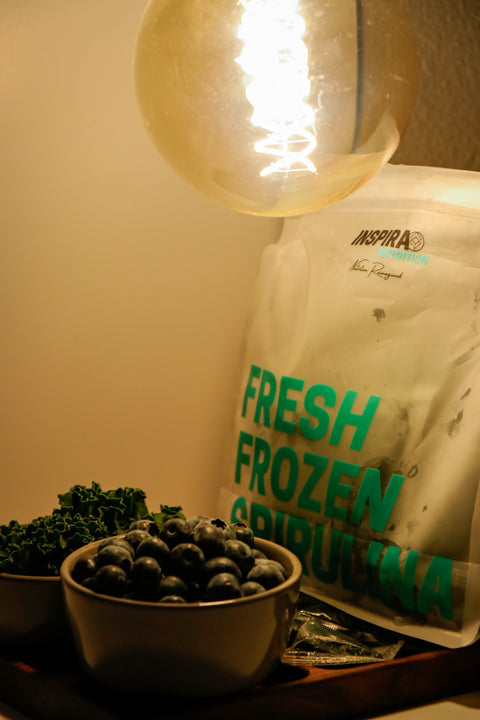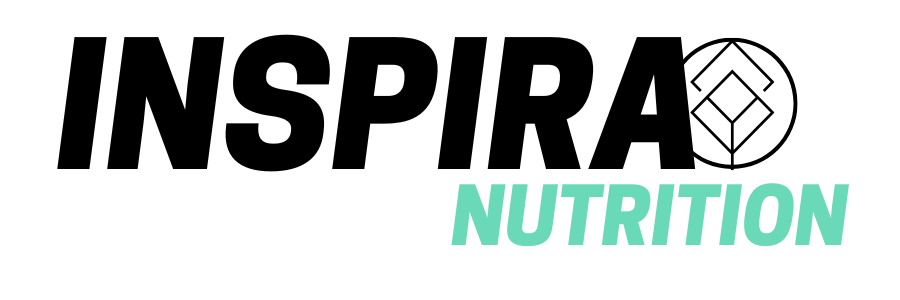
Spirulina and Women’s Hormone Health
Spirulina and Women’s Hormone Health
Hormones influence nearly every aspect of a woman’s health, from energy and mood to fertility and long term wellbeing. Imbalances in estrogen, progesterone, and related signaling pathways are linked to symptoms such as fatigue, painful cycles, and shifts during menopause. Nutrition is one of the key external factors that can help regulate hormonal health. Spirulina, a nutrient rich cyanobacterium, contains bioactive compounds that act on inflammation, oxidative stress, and fatty acid pathways that are directly connected to hormone balance.
Brick One: Gamma Linolenic Acid and Prostaglandins
One of the most important compounds for hormone support in spirulina is gamma linolenic acid (GLA). GLA is an omega 6 fatty acid that can be converted in the body into dihomo gamma linolenic acid. This compound is then used to produce prostaglandins, which are hormone like molecules that regulate inflammation and pain. Research has shown that GLA intake can help reduce premenstrual symptoms, improve breast health, and balance immune activity during hormonal fluctuations (Fan and Chapkin, 1998). Spirulina is one of the only natural plant sources of this fatty acid, making it especially valuable for women.
Brick Two: Iron and Energy Regulation
Iron deficiency is one of the most common nutrient challenges for women of reproductive age, especially due to monthly blood loss. Iron deficiency contributes to fatigue, weakness, and even worsened mood. Spirulina provides a bioavailable source of iron, and studies suggest that its iron is better absorbed than many standard plant based sources because of the accompanying antioxidant compounds that improve uptake (Ku et al., 2013). Adequate iron supports hemoglobin production and oxygen delivery, which are essential for maintaining energy balance during the menstrual cycle.
Brick Three: Antioxidants That Protect Hormonal Pathways
Hormonal systems are highly sensitive to oxidative stress. Reactive oxygen species can alter estrogen signaling and disrupt reproductive function. Spirulina contains unique antioxidants such as phycocyanin and chlorophyll that directly neutralize these reactive molecules. In cell culture studies, phycocyanin was shown to inhibit inflammatory cytokines and oxidative stress signaling, both of which interfere with hormone production and balance (Romay et al., 1998). By reducing cellular stress, spirulina helps maintain stable endocrine signaling.
Brick Four: Anti Inflammatory Action and Menstrual Comfort
Inflammation plays a role in menstrual pain and irregularity. By lowering inflammatory markers such as tumor necrosis factor alpha and interleukin 6, spirulina helps regulate the inflammatory cascades that contribute to discomfort during cycles. A clinical trial found spirulina supplementation reduced systemic inflammation and improved liver markers in women with metabolic conditions, suggesting broad anti inflammatory benefits that may also apply to reproductive health (Mazokopakis et al., 2014).
Brick Five: Support Through Aging and Menopause
As women age, oxidative stress and chronic inflammation accelerate hormonal decline. Spirulina’s dense nutrient profile, including protein, calcium, magnesium, and antioxidants, supports muscle and bone strength while also protecting cardiovascular health. In one study, spirulina supplementation reduced markers of muscle damage after exercise, which is particularly relevant as estrogen declines during menopause and recovery slows (Lu et al., 2006).
Conclusion
Hormonal health is not supported by one nutrient alone, but rather by a network of compounds that reduce stress on the endocrine system and provide the raw materials for balance. Spirulina builds this support brick by brick. Its gamma linolenic acid aids in prostaglandin production, its iron supports energy regulation, its antioxidants protect hormone pathways, its anti inflammatory compounds ease cycle discomfort, and its dense nutrition supports healthy aging. Together, these effects explain why spirulina is emerging as one of the most powerful foods for supporting women’s hormone health.
References
-
Fan, Y. Y., & Chapkin, R. S. (1998). Importance of dietary gamma linolenic acid in human health and nutrition. The Journal of Nutrition, 128(9), 1411–1414.
-
Ku, C. S., Pham, T. X., Park, Y., et al. (2013). Edible blue green algae reduce the production of pro inflammatory cytokines by modulating nuclear factor kappaB signaling. Journal of Medicinal Food, 16(6), 468–478.
-
Romay, C., Armesto, J., Remirez, D., et al. (1998). Antioxidant and anti inflammatory properties of phycocyanin. Pharmacological Research, 39(1), 55–59.
-
Mazokopakis, E. E., Papadomanolaki, M. G., Fousteris, A. A., et al. (2014). The hepatoprotective and hypolipidemic effects of spirulina supplementation in patients with non alcoholic fatty liver disease. Annals of Gastroenterology, 27(4), 387–394.
-
Lu, H. K., Hsieh, C. C., Hsu, J. J., et al. (2006). Preventive effects of spirulina platensis on skeletal muscle damage under exercise induced oxidative stress. European Journal of Applied Physiology, 98(2), 220–226.
